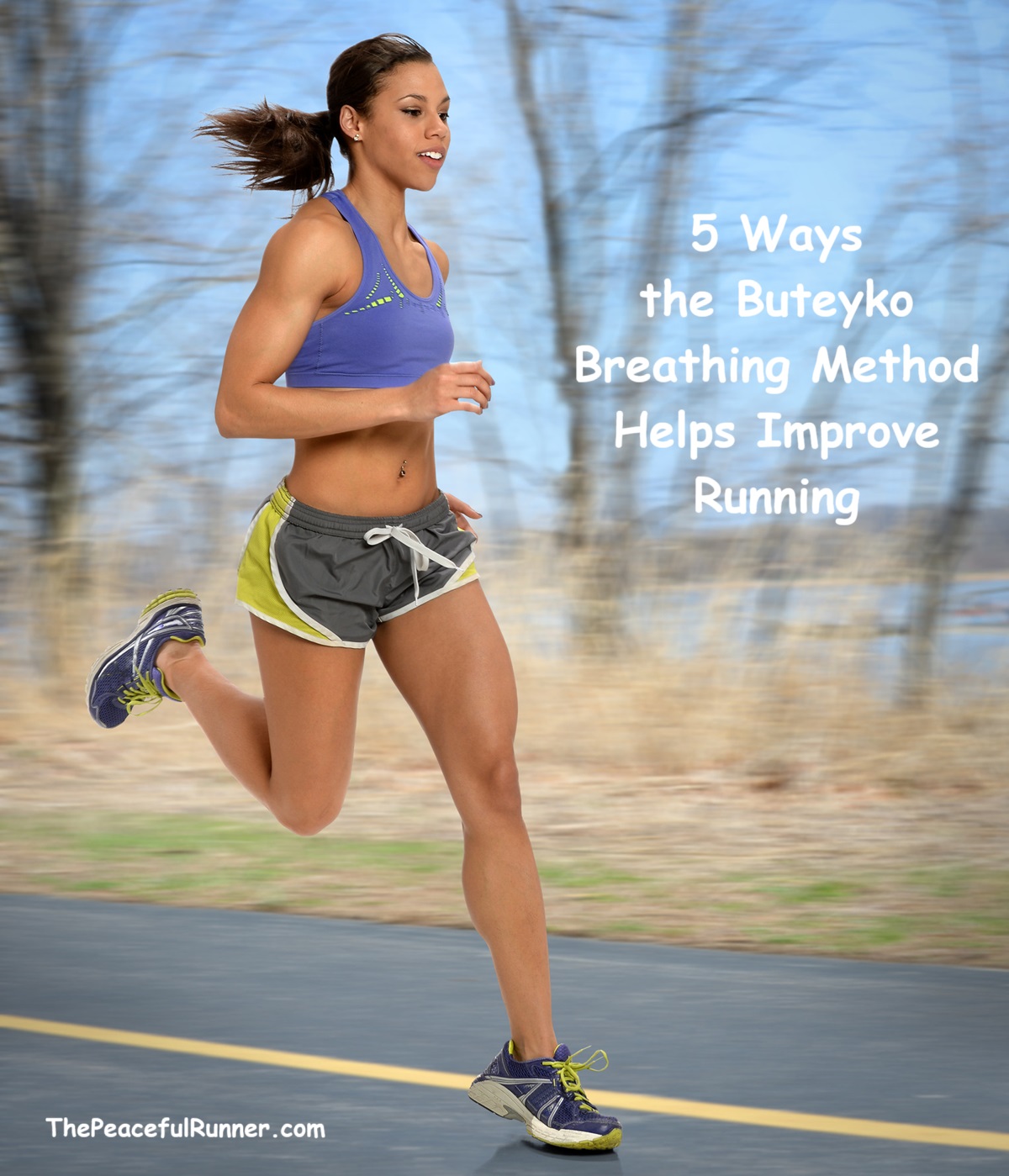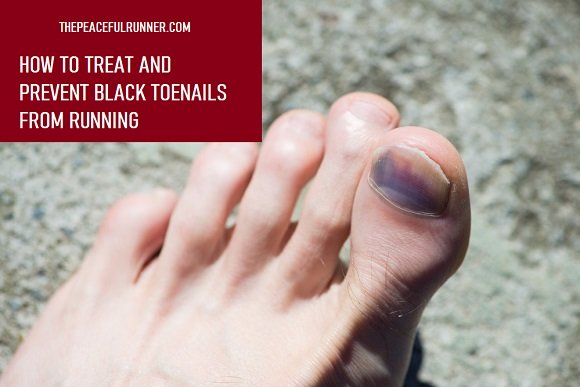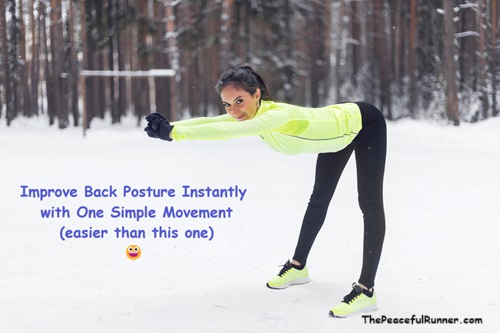- Home
- Running Injuries
- Breathe While Running
How You Breathe While Running Could be Causing Injuries!
Take time to notice how you breathe while running. It is often an overlooked consideration in the incidence of injuries. However, how we breathe is extremely important, not only to running but also to our health and longevity.
Breathing doesn't have to use a lot of energy, but if you are not breathing efficiently, you are using too much effort, energy, and are not performing a quality oxygen exchange. This places a great deal of stress and tension on your body which often results in injuries and illnesses. So how can we improve how we breathe while running?
Nose breathing (inhaling and exhaling) is the most efficient method of breathing. It relaxes the body and stimulates the parasympathetic nervous system, which keeps us calm and our whole body relaxed. It also slows down the breath and stimulates deep diaphragmatic breathing. This is how we breathe when we are relaxed.
If we breathe using our mouth, the sympathetic nervous system is stimulated and cortisol, the stress hormone, is released. Constantly putting our bodies in this stressful state can be dangerous to our health. It increases our heart rate, raises blood pressure, tightens and tenses our muscles. It makes running hard, very tiring and greatly increases the risk of injury.
Have you ever watched other runners finishing a race? Many are gasping for air and are obviously under great duress as they cross the finish line. They are breathing high in the chest and gulping as much air as possible to get enough oxygen. This requires rapid breathing and a faster heart rate and can result in hyperventilation.
How Do You Breathe While Running?
Breathing in and out through our nose will slow down our breathing, our heart rate and directs the breath deep down into our belly with the help of the diaphragm. The diaphragm is a large muscle and can easily perform the work required to breathe.
Shallow breathing in the chest uses the secondary breathing muscles in the neck and back and requires much more effort. It can cause strain on these muscles often resulting in neck and back pain. Shallow breathing also activates upper-chest stress receptors which trigger the burning of sugar and storing of fat.
"Your breathing should flow gracefully, like a river, like a watersnake crossing the water, and not like a chain of rugged mountains or the gallop of a horse.
To master our breath is to be in control of our bodies and minds.
Each time we find ourselves dispersed and find it difficult to gain control of ourselves by different means, the method of watching the breath should always be used."
-- Thích Nhất Hạnh
When you first try to nose breathe while running, you will probably find it difficult as it takes time to develop your respiratory fitness. Initially, you will have to slow down. Try doing it on flat surfaces first and when you have mastered that, try nose breathing on hills. It may take a few weeks to conquer, but it will be well worth it in the long run for your health and for ease of running. Running will feel easier and your won't feel so tired after running.
Nose breathing while running can feel scary at first. You may think that you cannot get enough oxygen. Don't give in to the fear! Allow it to arise but continue to breathe through your nose. You won't die! Remember that breathing is an automatic response.
Slow down and allow your respiratory capacity to improve. Breath slower and less often. Concentrate more on the exhale. Do a 1 to 2 breath ratio. If you breathe in for 3 seconds, breathe out for 6 seconds. Practice this throughout the day and it will become easier while running. You will experience less stressful running and a meditative calm as you learn to slow down your breathing and increase your respiratory capacity using nose breathing.
Humans are designed to be nose breathers and we are not accessing the many benefits that it provides if we use our mouths to breathe. We learned to breathe through our mouth only as a response to stress. It is a survival response trigger that was designed to be used only in emergency situations, i.e. when fleeing from danger or extreme stress. It was not designed to be used on a regular basis.
When we use our nose for breathing, we utilize the mucous membrane of the nasal passageway to properly prepare the air for entry into our bodies. It works with the hair-like cilia to clean, filter, moisten and bring the air to the right temperature for efficient oxygen exchange.
Nose breathing helps to prevent infection, keeps the heart rate down, relaxes the body, encourages diaphragmatic breathing and utilizes the oxygen and blood-rich lower lobes of the lungs. During inhalation, the diaphragm contracts and pulls the air into the lower lobes of the lungs. During exhalation, the diaphragm relaxes and the carbon dioxide (CO2) is released from the lower lobes.
Diaphragmatic breathing allows for an efficient oxygen exchange which doesn't happen if we use our mouths to shallow breathe into our upper chest. Shallow chest breathing uses only the upper and middle portions of the lungs and not the oxygen and blood-rich lower lobes. It is easier to get large amounts of air into the upper portions of the lungs this way, but a quality oxygen exchange requires an ample blood supply which can only be achieved through diaphragmatic breathing.
Mouth breathing requires more work and places more stress on the heart and body. It can also cause hyperventilation due to too much oxygen in the blood. We need to access and release the CO2 from our lower lobes to breathe and run efficiently, stress-free and injury free!
So if you haven't been paying attention to how you breathe while running, please take notice. Properly breathing through your nose will take time to learn and adjust to, but the health and running benefits will be well worth it. You will feel more relaxed while running and it will feel easier. You will also prevent infections and protect your heart.
How do you breathe while running? Have you tried nose breathing while running? We would love to hear from you. Please add your comments/opinions below. Thanks for reading the full article!
Back to top of How You Breathe While Running
Return to Are You Prone to Running Injuries?
- Home
- Running Injuries
- Breathe While Running
FTC Disclosure: As an Amazon Associate, I earn from qualifying purchases.
Learn more.
NEW FEATURE - DISQUS COMMENTS!
Login using Facebook, Twitter, Google or Disqus.
Recent Articles
-
How to Prevent Black Toenails from Running
Apr 09, 24 01:41 PM
-
9 Tips to Prevent Running Injuries
Mar 28, 24 02:07 PM
-
Make Running Easier with this Simple Trick
Mar 20, 24 01:35 PM
-
7 Amazing Advantages of Toe Socks for Running
Mar 06, 24 11:25 AM
-
Running in Beautiful Thailand
Feb 02, 24 05:45 AM
-
Josh Kerr's World Champion Success Secrets
Dec 20, 23 11:48 AM
-
Stunning Running in Dubai
Dec 04, 23 01:55 PM
-
Excited to launch the #PRPocket !!!
Nov 30, 23 06:50 AM
-
Improve your posture instantly!
Oct 27, 23 07:01 AM
-
Are you tired of bulky and uncomfortable phone carriers while running?
Oct 20, 23 01:41 PM























